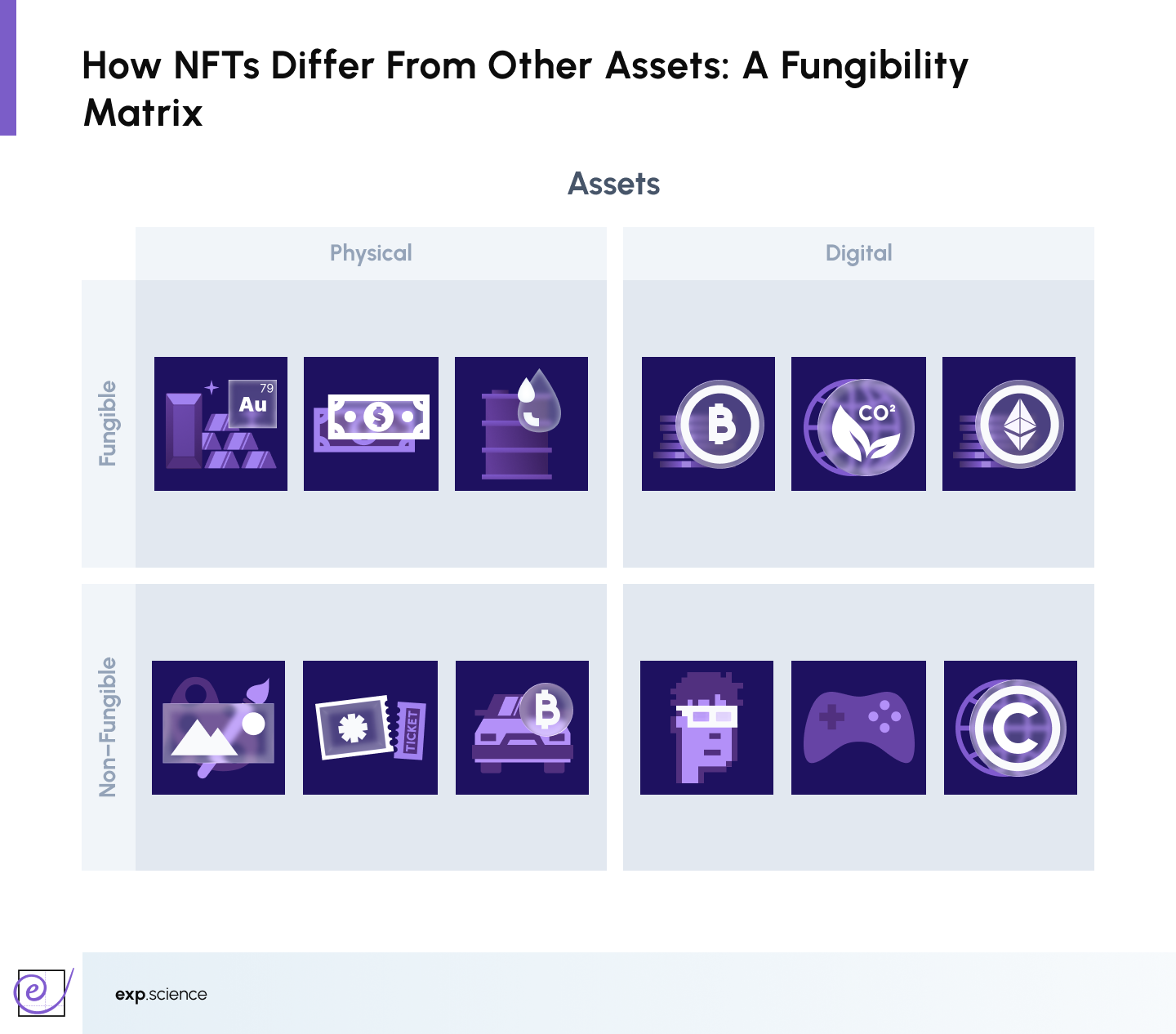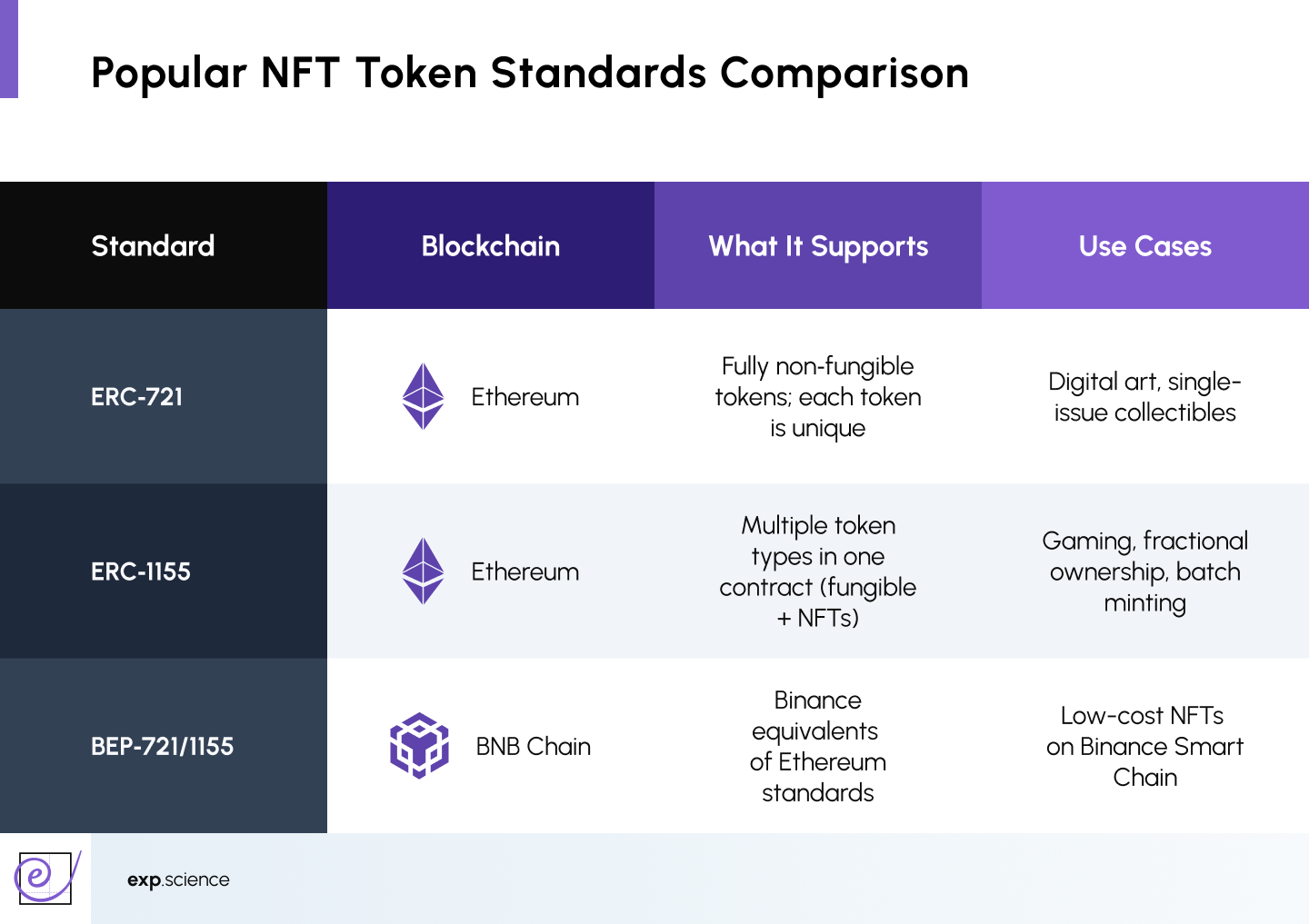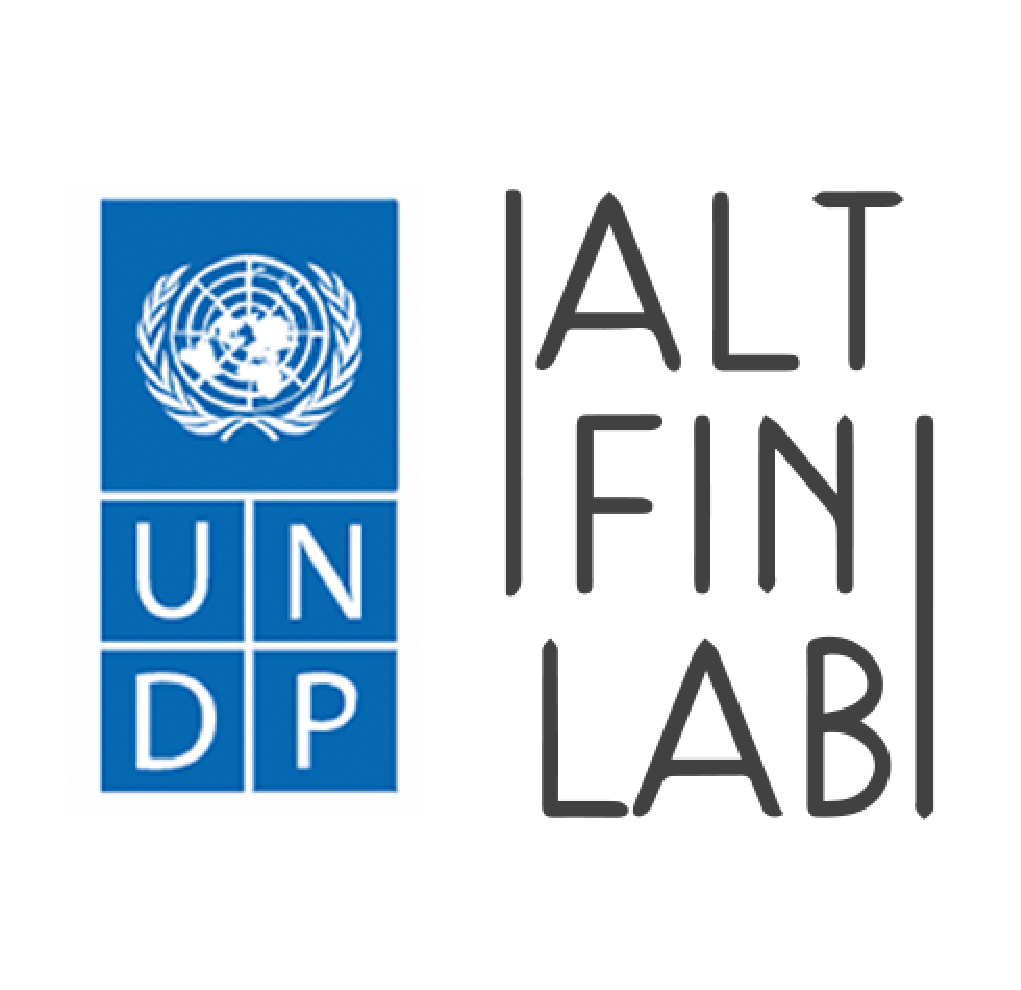A Non‑Fungible Token, or NFT, is a type of digital asset encoded on a blockchain that conveys verifiable uniqueness and ownership of a specific digital or physical item. In a world where duplication is frictionless and replication rampant, NFTs offer a path to establishing authenticity, provenance and scarce value in the digital realm.
NFTs have empowered creators, innovators, institutions, and communities to anchor ownership in a medium otherwise defined by ephemerality. During the digital era, originality often loses its context; NFTs reintroduce gravitas to intangible assets. These digital stamps of authenticity are forging new economic models, fostering dynamic engagement, and redefining the relationship between creativity and ownership.
To illustrate their transformative potential now and in the future, here is a glimpse of the NFT ecosystem: how they work, the various token standards, use cases, the challenges they face, and more.
Understanding Fungibility vs. Non-Fungibility
To grasp NFTs, it is essential first to understand what makes something non‑fungible. A fungible asset, such as a banknote, is interchangeable; for example, one U.S. dollar is equivalent to another, just like one unit of HBAR or ETH. In contrast, a non‑fungible asset, such as a rare comic, concert ticket, or a one-of-a-kind painting, is unique and cannot be exchanged on a one-to-one basis.
An NFT embodies this principle in the digital domain: a cryptographic token, unique by design, that links to a digital asset via metadata and is recorded on a blockchain. These tokens cannot be copied in terms of ownership history and represent exclusive control over digital or real-world items.

This non‑interchangeable nature underpins the concept of rarity and intrinsic value in digital creations. Unlike cryptocurrencies such as Bitcoin (BTC) or stablecoins, which assign each unit an identical value, NFTs assign individuality; each token carries its own metadata and distinct identifier stored on-chain. In essence, NFTs are digital artefacts with identity: they make intangible creations singular and tradable, a radical departure from conventional fungible tokens.
Blockchain Mechanics: How NFTs Work
NFTs are minted on blockchain or distributed ledger networks, with Ethereum being the most prominent, as well as on others such as Hedera, Solana, Cardano, and Flow. Each NFT token includes:
- A unique identifier (often a token ID or serial number)
- Metadata linking to the revealed content or asset (image, music, document), usually stored off‑chain, with the token pointing to it
- Ownership and transfer history are immutably recorded on-chain. Blockchain preserves the token address and ownership record, not the entire asset.
Blockchain immutability and transparency equip NFTs with provable provenance, as every transaction, from minting to resale, is open for verification and cannot be rewritten, forming the foundation of digital rarity and trust. These mechanics define NFTs not just as tokens, but as cryptographic certificates of ownership: immutable, unforgeable, and transparent.
Cross‑chain interoperability is increasingly important. Users and developers often choose blockchains based on speed, fees, environmental impact and ecosystem support. Wallets, marketplaces and NFT launchpads on Hedera, Ethereum and Solana contribute to a multi‑chain ecosystem.
Token Standards
Token standards are frameworks that define how NFTs function. They determine how NFTs are created, transferred and interpreted across applications and marketplaces. The most common standards used today are ERC-721, ERC-1155 and BEP-721/1155.

Among these, ERC‑721 remains the foundational standard for one-of-a-kind NFTs, defining each token as fully unique and individually traceable, ideal for digital art and limited collectibles. In contrast, ERC-1155 introduces a more flexible model, allowing multiple NFTs and even fungible tokens within a single contract, which significantly optimises gas fees and performance, especially in gaming or batch minting scenarios (creating multiple tokens in a single transaction on the blockchain).
BEP‑721 and BEP‑1155 mirror these standards within the Binance Smart Chain ecosystem, offering similar capabilities but with lower transaction costs and faster execution. These standards are essential for ensuring compatibility and consistent behaviour across NFT platforms.
NFT Utility: Real-World and Digital Applications
NFTs are no longer just speculative assets or digital art tokens. Their evolving role spans industries from physical goods authentication to loyalty systems, digital identity, and gaming. Following the taxonomy presented by Bain & Company and the World Economic Forum, applications can be grouped into two overarching categories: NFTs tied to physical experiences or assets, and NFTs native to digital environments.
This taxonomy aims to cover all possible use cases, but it is not mutually exclusive; therefore, an NFT can fall under many categories.
NFTs Tied to Physical Counterparts or Experiences
These NFTs are linked to tangible assets or real-world events, bridging digital ownership with physical validation:
- Physical Collectibles: NFTs paired with physical items, such as branded trainers, luxury fashion, or wine bottles, create twin experiences.
- Ticketing and Event Access: NFTs can represent entry passes to concerts, sporting events or conferences. Smart contracts enable programmable resale rules and tamper-proof authentication.
- Loyalty Programmes and Memberships: Brands use NFTs to provide loyalty rewards and exclusive access. Starbucks’ Odyssey programme and other pilots explore blockchain-enabled brand engagement.
- Certificates of Ownership and Authenticity: NFTs can verify ownership of assets, like real estate deeds, luxury watches or vintage collectibles, creating transparent, tamper-proof proof of provenance.
- Supply Chain Traceability: NFTs track product journeys from source to shelf. LVMH has tested this for luxury goods to ensure supply chain integrity.
- Digital Identity and Credentials: NFTs store credentials, achievements or digital identities. Hedera projects are exploring decentralised identity verification models.

NFTs in Pure Digital Environments
These NFTs exist entirely within digital spaces, powering new models of ownership, creativity and interaction:
- Gaming Assets and Experiences: NFTs represent in-game assets, avatars or land. Axie Infinity, The Sandbox and Hedera‑based games support asset ownership across platforms.
- Digital Collectibles: From sports moments (e.g. NBA Top Shot) to avatar collections like Bored Ape Yacht Club, these NFTs offer collectability and social value.
- Native Digital Art: Digital creators mint original works as NFTs, ensuring provenance and monetisation. Beeple’s record-breaking sale of The First 5,000 Days for almost $70 million validated the category in mainstream art.
- Royalties and Revenue Sharing: Music and digital content NFTs can embed royalties into secondary markets. Artists on platforms like Royal can share revenue with fans and investors.
Infrastructure and Ecosystem Growth
NFTs are not standalone assets; they rely on a growing stack of infrastructure that supports creation, distribution and usage across multiple chains. Key components of this ecosystem include:
- Wallets: Tools like MetaMask, Phantom and HashPack (for Hedera) enable users to store and interact with NFTs across different blockchains.
- Marketplaces: Platforms such as OpenSea and also Hedera-based Zuse Market enable minting, trading, and discovery of NFTs. These marketplaces often integrate royalties, analytics, and social features.
- Decentralised Storage: Services like IPFS and Arweave ensure that NFT-linked content and metadata remain accessible and censorship-resistant.
- Indexing and Analytics: Protocols like The Graph and platforms like Nansen and DappRadar allow developers and users to query NFT data, track collection performance, and monitor smart contract activity.
As the ecosystem matures, scalable infrastructure will be key to long-term utility and mass adoption.
Limitations and Ethical Considerations
Owning an NFT does not necessarily grant copyright or intellectual property rights. In most cases, buyers obtain a licence to use or display the asset, not the rights to reproduce or monetise it. Clear smart contract-based licensing is still evolving.
Before the Ethereum Merge, proof-of-work consensus required a significant amount of energy. In September 2022, Ethereum transitioned to proof-of-stake, cutting energy consumption by over 99 %. Energy-efficient chains like Hedera also help reduce the ecological impact. Using efficient chains significantly reduces the carbon footprint of minting digital assets or transferring ownership of NFTs, thus strengthening the logic behind possible use cases, but not all chains have reached that level of efficiency.
Wash trading, plagiarised art, and phishing remain risks in NFT markets. Moreover, most NFTs store content off-chain, so if links or metadata are lost, the NFT may become functionally meaningless. These vulnerabilities highlight the need for decentralised storage, regulatory clarity and stronger user education.
The Future of NFTs
NFTs are more than digital certificates; they represent a reimagining of authenticity, ownership and creative value, enabling creators and audiences to connect in new, expansive ways. Despite legal uncertainties, historical speculation cycles, and environmental concerns, NFTs continue to catalyse new creative economies, fostering connection, reward and innovation.
The most compelling chapters in the NFT story are yet to unfold. With sustained focus on clarity, inclusion and utility, NFTs have the potential to redefine how value and creativity are shared and sustained, becoming instruments of lasting value and empowerment.


.jpg)

%20(1).jpg)
.jpg)
.jpg)

